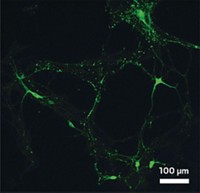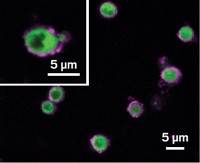Advertisement
Grab your lab coat. Let's get started
Welcome!
Welcome!
Create an account below to get 6 C&EN articles per month, receive newsletters and more - all free.
It seems this is your first time logging in online. Please enter the following information to continue.
As an ACS member you automatically get access to this site. All we need is few more details to create your reading experience.
Not you? Sign in with a different account.
Not you? Sign in with a different account.
ERROR 1
ERROR 1
ERROR 2
ERROR 2
ERROR 2
ERROR 2
ERROR 2
Password and Confirm password must match.
If you have an ACS member number, please enter it here so we can link this account to your membership. (optional)
ERROR 2
ACS values your privacy. By submitting your information, you are gaining access to C&EN and subscribing to our weekly newsletter. We use the information you provide to make your reading experience better, and we will never sell your data to third party members.
Polymers
Making synthetic polymers inside cells
Intracellular polymerization could lead to long-lasting fluorescent cell-tracking probes
by Celia Henry Arnaud
April 21, 2019
| A version of this story appeared in
Volume 97, Issue 16

Polymers have previously been made in the presence of living cells, for such purposes as encapsulating the cells or engineering their surfaces. But people haven’t known whether synthetic polymers could be made inside cells, given the presence of free-radical scavengers. Mark Bradley and coworkers at the University of Edinburgh now show that radical polymerization can indeed happen inside living cells (Nat. Chem. 2019, DOI: 10.1038/s41557-019-0240-y). The researchers gave cells a biocompatible photoinitiator and a variety of monomers, such as N-(2-hydroxypropyl) methacrylamide and sodium 4-styrenesulfonate, and observed how polymerization affected cells. “Polymerized cells” experienced delays in their cell cycle relative to unpolymerized cells, but they didn’t have significant DNA damage or reduced viability. Polymerized cells exhibited changes in their ability to migrate, possibly due to interactions of the polymers with the cells’ actin scaffolding. Intracellular formation of fluorescent polymers resulted in enhanced fluorescence that continued even when cells were used in multiple generations of cell cultures. The team also formed polymer nanoparticles inside cells. The success of the radical polymerization inside cells raises questions about free-radical-scavenging mechanisms, the researchers note.





Join the conversation
Contact the reporter
Submit a Letter to the Editor for publication
Engage with us on Twitter